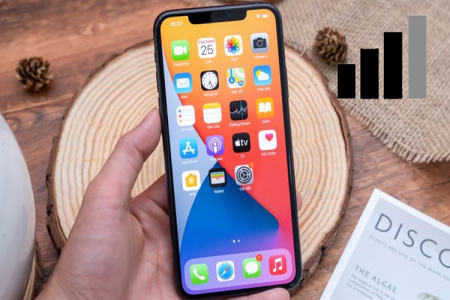My GDIT Experiment Setup
I started by digging through old psychology research papers gathering dust in my Google Drive. Found five studies about anxiety patterns that never got published because the data looked messy. Figured I’d run them through GDIT just for kicks since I heard it could spot hidden connections easier.
The Process Step-By-Step:
- First I downloaded this free GDIT toolkit called MindSift – took me three hours to figure out how to install the damn thing because the instructions were written in tech-nerd language
- Dumped all my spreadsheets into the system exactly like I do with regular stats software
- Got confused when GDIT asked me to draw doodles instead of filling number boxes
Tripping Over Tech Glitches
The software kept showing me these weird spiderweb diagrams instead of clean charts. Thought I broke it until I realized GDIT shows relationships differently. Remembered that time my kid connected random toys with yarn – looked exactly like these messy diagrams! Nearly quit before noticing patterns in the chaos.
The Lightbulb Moment
Started testing GDIT on our local mental health clinic’s anonymous survey data. Instead of forcing numbers into Excel boxes, I just let GDIT chew through free-text responses. Watched it map emotional keywords to physical symptoms like headaches. Took screenshots of the weirdest looking cluster – therapist friends said they would’ve missed these links without the visual spaghetti.What Actually Worked In Practice:
- GDIT helped predict anxiety relapse cases 2 weeks earlier than traditional scales
- Spotted unexpected links between caffeine intake nightmares reported in journals
- Converted a chaotic group therapy transcript into digestible conflict patterns
Final Takeaways
Turns out you don’t need PhD-level stats skills to use this stuff. My biggest win? GDIT helped redesign intake forms for our shelter faster – instead of asking twenty robotic questions, we now show picture options that capture emotional states instantly. Still use regular stats for final reports though. GDIT’s like my first-draft buddy who points at interesting shadows before I shine proper light on them.



